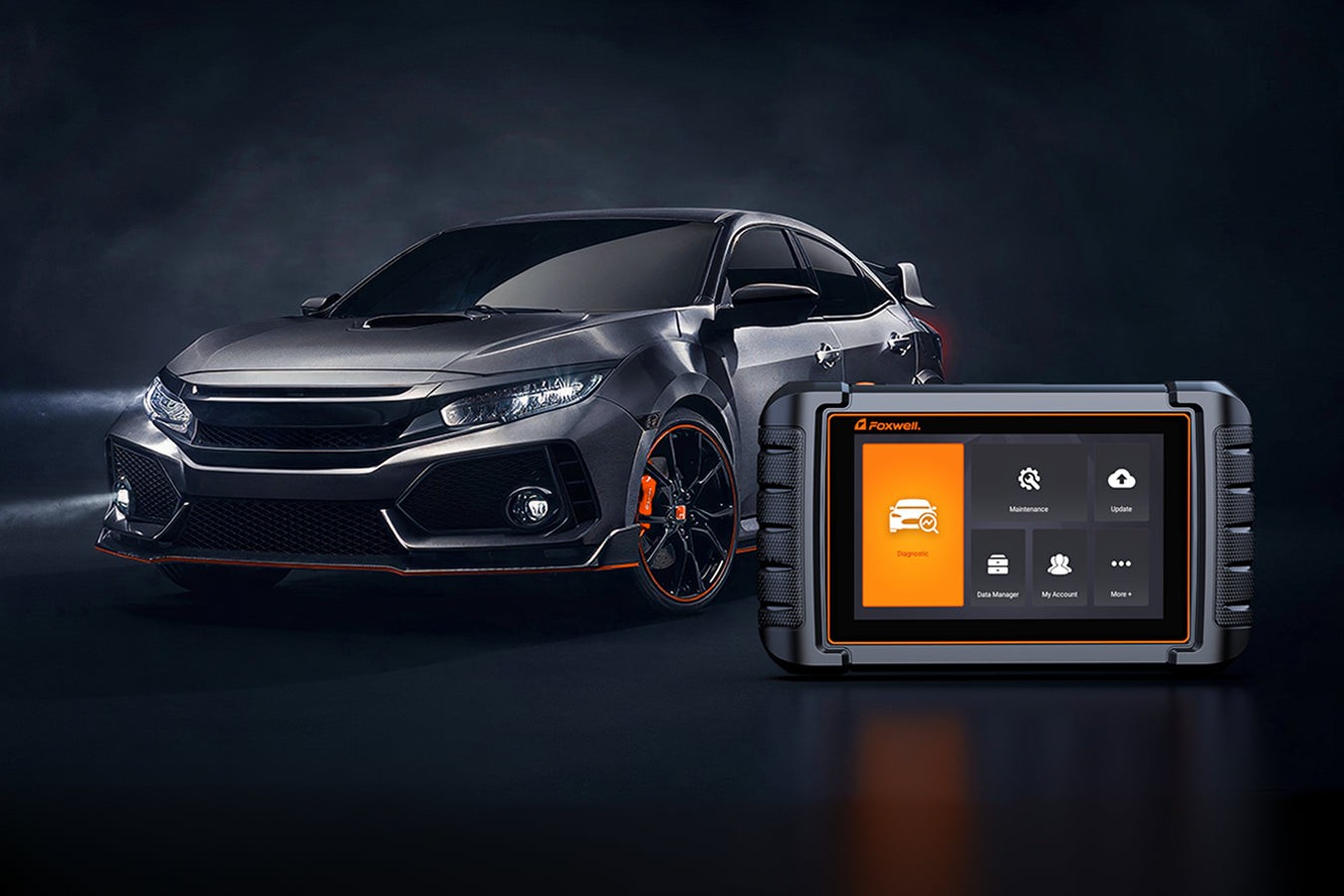On-board diagnostics (OBD2) revolutionized vehicle maintenance. This technology, stemming from California emissions regulations, allows cars to self-diagnose and report issues, improving repair efficiency and safety. Crucially, OBD2 scanners can Check Transmission With Obd2, providing access to critical data about its health. This guide explores how to effectively check transmission with obd2.
How OBD2 Scanners Work for Transmission Diagnostics
OBD2 scanners connect to the port under the dashboard, communicating with the car’s computer to retrieve Diagnostic Trouble Codes (DTCs) and other data. Specialized software then interprets this data, providing insights into potential transmission problems. Reading these transmission codes is vital for diagnosing issues like gear slippage, solenoid malfunctions, or sensor failures.
Types of OBD2 Scanners for Transmission Checks
OBD2 scanners come in various types, each with different capabilities for checking transmission with obd2:
- Basic Scanners: Offer basic code reading and clearing, but may lack transmission code reading.
- Advanced Scanners: Provide live data streaming, enhanced code definitions, bidirectional control, and are ideal for in-depth transmission analysis. Examples include the Foxwell NT510 Elite.
- Professional Scanners: Offer extensive diagnostic capabilities, including transmission code reading and system testing, suited for professional mechanics.
- Smartphone Scanners: Connect to the OBD2 port and pair with a smartphone app, offering varying levels of diagnostic functionality, including transmission checks.
Choosing the Right OBD2 Scanner to Check Transmission
Selecting the right scanner to check transmission with obd2 involves several key considerations:
Vehicle Compatibility
Ensure the scanner supports your vehicle’s make and model, as communication protocols vary. Consider manufacturer-specific scanners like the Foxwell NT510 Elite for enhanced diagnostics or multi-manufacturer scanners like the Foxwell NT301 for broader compatibility.
Software and Updates
Regular software updates are essential for accurate transmission diagnostics. Choose a scanner with reliable update support, like those offered by Foxwell, ensuring compatibility with new vehicle technologies and diagnostic codes. Consider the ease of the update process, whether via USB or smartphone app.
User Interface and Display
A clear, intuitive interface simplifies diagnostics. Look for scanners with high-resolution displays and easy navigation, like the Foxwell NT201’s backlit display, making it easier to read transmission codes in various lighting conditions. The Foxwell NT510 Elite offers a user-friendly design with clear menus and code definitions.
Transmission Code Capabilities
Confirm the scanner can read transmission codes, as not all models do. Look for scanners with enhanced DTC support and comprehensive code definitions, like the Foxwell NT630 Plus and NT301, for accurate diagnosis of transmission issues.
Advanced Features for Checking Transmission with OBD2
Consider these additional features for more in-depth transmission analysis:
- Live Data Streaming: Monitor transmission system performance in real-time, helpful for diagnosing intermittent issues. The Foxwell NT301 offers this capability.
- Freeze Frame Data: Capture the conditions when a transmission issue occurred, providing valuable context for diagnosis. The Foxwell NT201 offers freeze frame data capture.
- System Resets: Perform system resets and adaptations after repairs, ensuring proper transmission function. The Foxwell NT510 Elite provides these functions.
Connecting and Using an OBD2 Scanner
Locate the OBD2 port, usually under the dashboard. Ensure the car is off before connecting the scanner. Turn the ignition to the “ON” position (without starting the engine) for the scanner to communicate with the car’s computer. Follow the scanner’s instructions to check transmission with obd2 and retrieve codes.
Understanding Transmission Codes
Utilize the scanner’s built-in code definitions or online resources like Foxwell’s code library (https://www.foxwelldiag.com/blogs/car-diagnostic/use-trouble-code-reader “How to Use Car Trouble Code Reader”) to understand the meaning of the codes. Common transmission issues include gear slippage (codes like P0731, P0732), solenoid malfunctions (P0750, P0755), and sensor failures (P0715, P0720).
Clearing Codes and System Reset
After repairs, use the scanner to clear the codes and reset the system. This ensures the computer recognizes the fixes and can detect any new issues. Address the underlying problem before clearing codes to avoid recurring issues.
Conclusion
An OBD2 scanner is an invaluable tool to check transmission with obd2. Choosing the right scanner, understanding its features, and correctly interpreting the codes are crucial for effective transmission diagnostics and maintenance. Regularly using an OBD2 scanner can help identify and address transmission problems early, preventing costly repairs and ensuring optimal vehicle performance.
